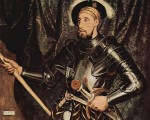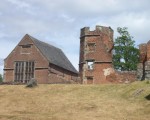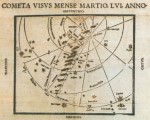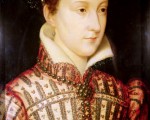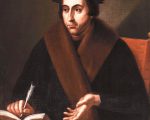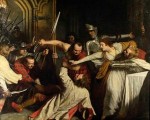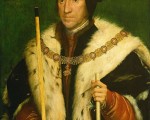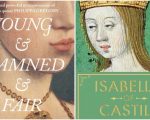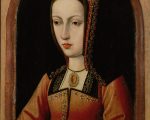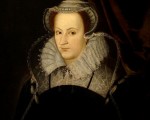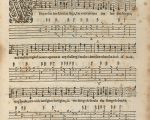
It was my son that reminded me that it’s International Women’s Day today because where he lives, in Russia, it is a public holiday and a day that celebrates women. I hope he spoils his wife today!
International Women’s Day is about celebrating “the social, economic, cultural and political achievement of women” and each year has a different theme. This year’s campaign theme is “#BeBoldForChange” and the International Women’s Day website explains that “For International Women’s Day 2017, we’re asking you to #BeBoldForChange. Call on the masses or call on yourself to help forge a better working world – a more inclusive, gender equal world.”
[Read More...]
